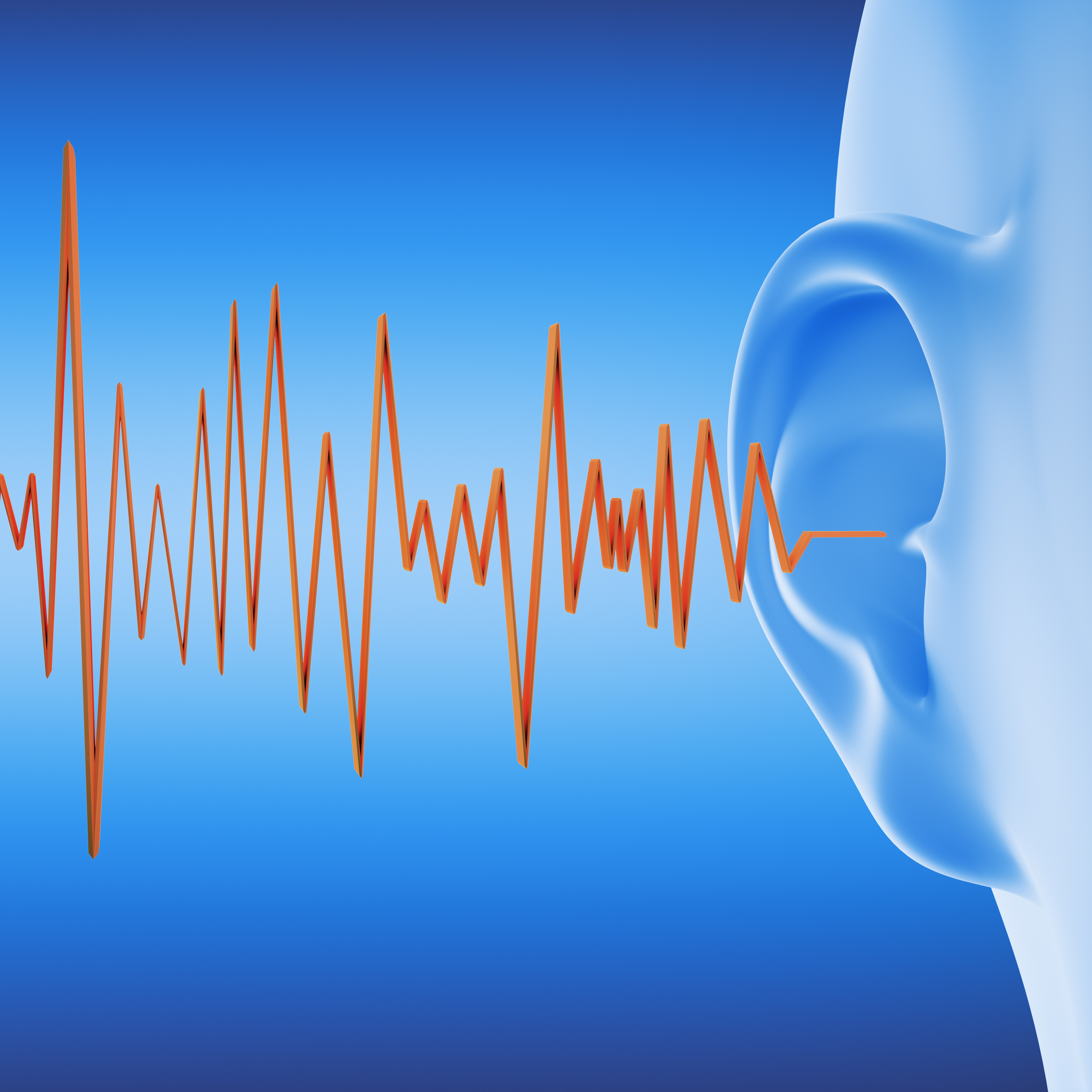JBJS Deputy Editor for Social Media, Dr. Matt Schmitz, reflects on a new study that examines the risk of noise-induced hearing loss for orthopaedic surgeons.
Occupational hazards are all around us in the operating room (OR). We have protocols to reduce risk of infection, radiation exposure, and transmission of bloodborne pathogens. What about sound and noise exposure?
There are Occupational Safety and Health Administration (OSHA) guidelines on noise exposure, but how familiar are we with them? Do we even consider guidelines on noise exposure in the OR?
In the December 7, 2022 issue of JBJS, Kwan et al. present the results of their study assessing whether orthopaedic surgeons across a variety of subspecialties and procedure types are exposed to harmful noise levels in the OR. OSHA defines noise exposure as being hazardous when someone is exposed to a time-weighted average (TWA) of 90 decibels (dB) over an 8-hour period, as this has been shown to increase the risk of noise-induced hearing loss by 8%. The National Institute for Occupational Safety and Health (NIOSH)-recommended exposure limit is a maximum TWA of 85 dB over an 8-hour period. For each 3 dB increase in exposure, the allowed amount of time is halved (so, as Kwan et al. point out, if the environment reaches 100 dB TWA, the maximum allowed exposure is 15 minutes). Hearing protection is recommended for exposure levels of >85 dB.
Study Highlights
The investigative team measured noise exposure from the perspective of the attending surgeon or resident, who wore a microphone attached at collar level. The Sound Level Meter application, developed by NIOSH, was used for recordings.
Overall, there were 300 recordings (including 46 baseline, with no personnel present in the OR, and 254 intraoperative recordings). Recordings were made during adult reconstruction, spine, foot and ankle, hand, sports medicine, and shoulder and elbow procedures.
The average maximum dB level (MDL) ranged from 96.9 to 102.0 dB and was >85 dB in 84% of the cases and >100 dB in 35% of the cases.
Among procedures, a microdiscectomy reached 11.3% of the maximal allowable daily noise, with a projected dose (if exposed to that level for 8 hours) of 104.1%. The TWA values for the various subspecialties were:
- Adult reconstruction – 69.1 dB (95% CI, 68.1 to 70.0 dB)
- Spine – 66.7 dB (95% CI, 65.0 to 68.4 dB)
- Shoulder and elbow – 62.2 dB (95% CI, 60.4 to 64.0 dB)
- Foot and ankle – 58.2 dB (95% CI, 56.1 to 60.2 dB)
- Sports medicine – 54.6 dB (95% CI, 51.7 to 57.6 dB)
- Hand – 52.5 dB (95% CI, 51.1 to 53.8 dB)
Risk of Noise-Induced Hearing Loss
The study shows that orthopaedic surgeons are exposed to damaging noise levels, with average MDL levels regularly exceeding 85 dB across subspecialties. These exposures may be short-lived, and cumulative TWAs were below the threshold allowed by NIOSH. Nonetheless, when considering an average operative career of 30 to 40 years, surgeons are at risk for hearing loss, especially those performing joint arthroplasty (with hip and knee arthroplasty, along with laminectomy, having the highest values for noise dose per case).
The authors suggest that we as surgeons should consider measures to prevent hearing loss, understanding that we must weigh them against the possible interference with intraoperative OR communication, which is paramount to efficient surgical procedures. It is clear that we must recognize noise exposure as a potential job hazard and consider “listening” to possible ways to mitigate this risk.
Access the full report by Kwan et al.
Additional perspective on this study is provided in the related commentary by Thomas J. Fischer, MD, FAOA.
Matthew R. Schmitz, MD
JBJS Deputy Editor for Social Media
Related content on OrthoBuzz: “Noise Exposure During Cast Removal: Helpful Data for Ortho Teams”




